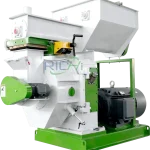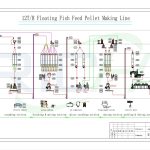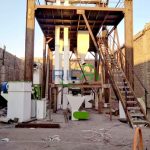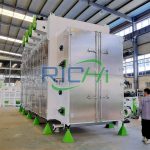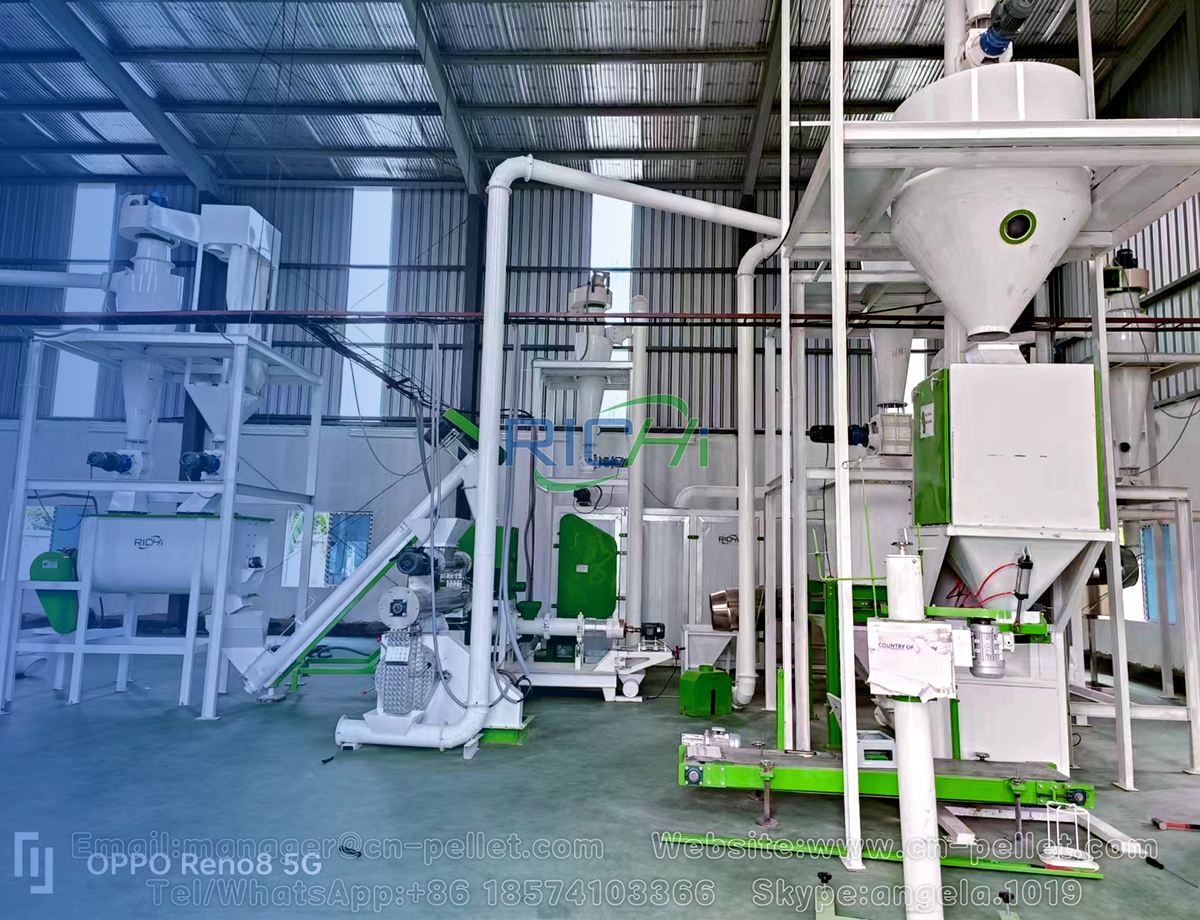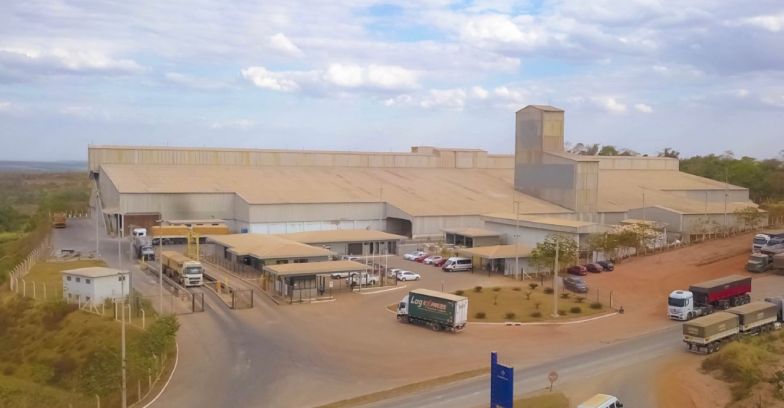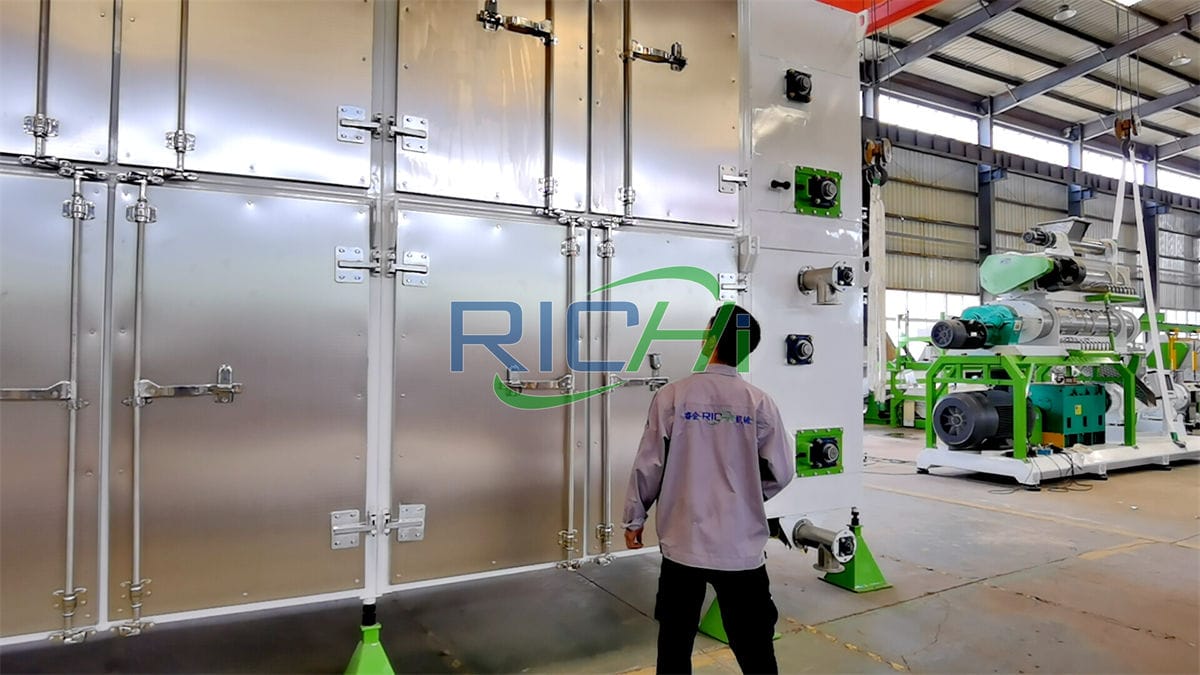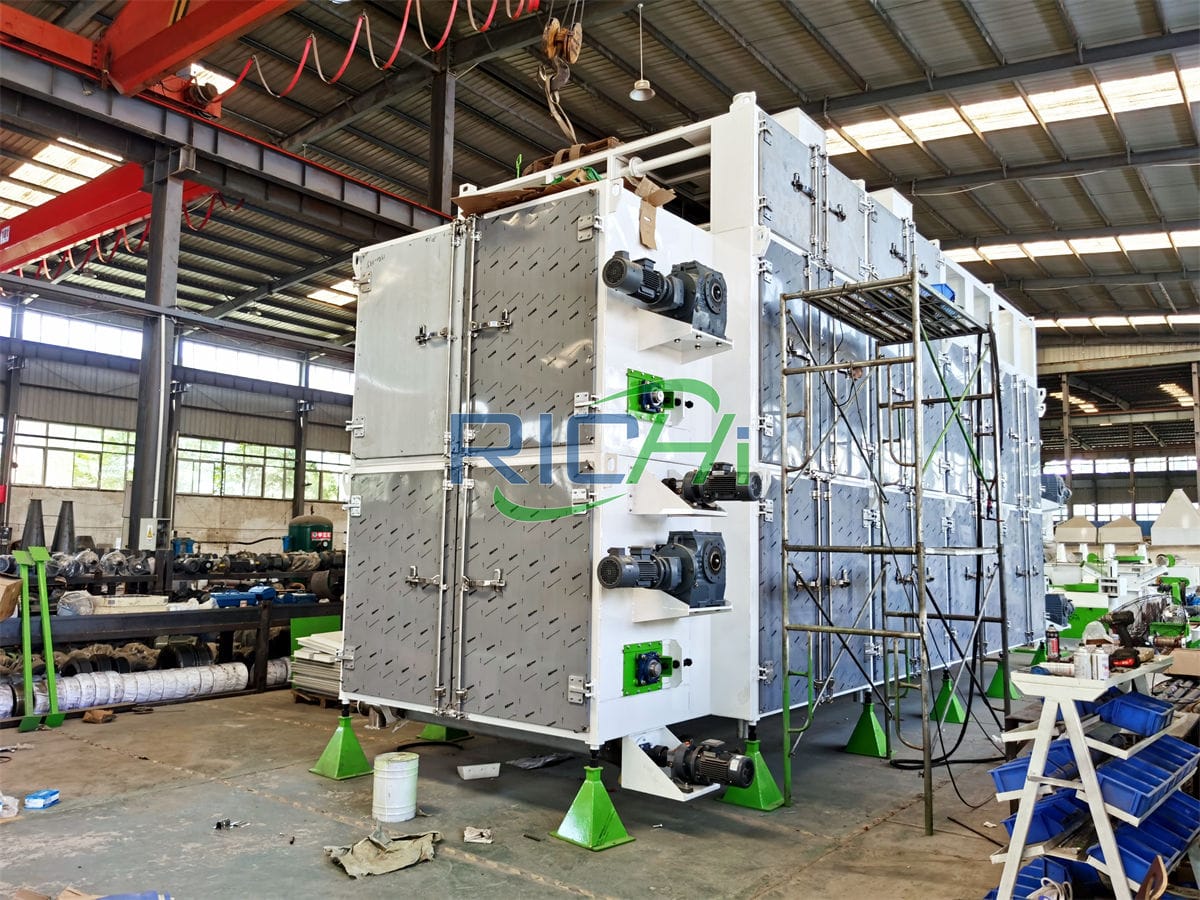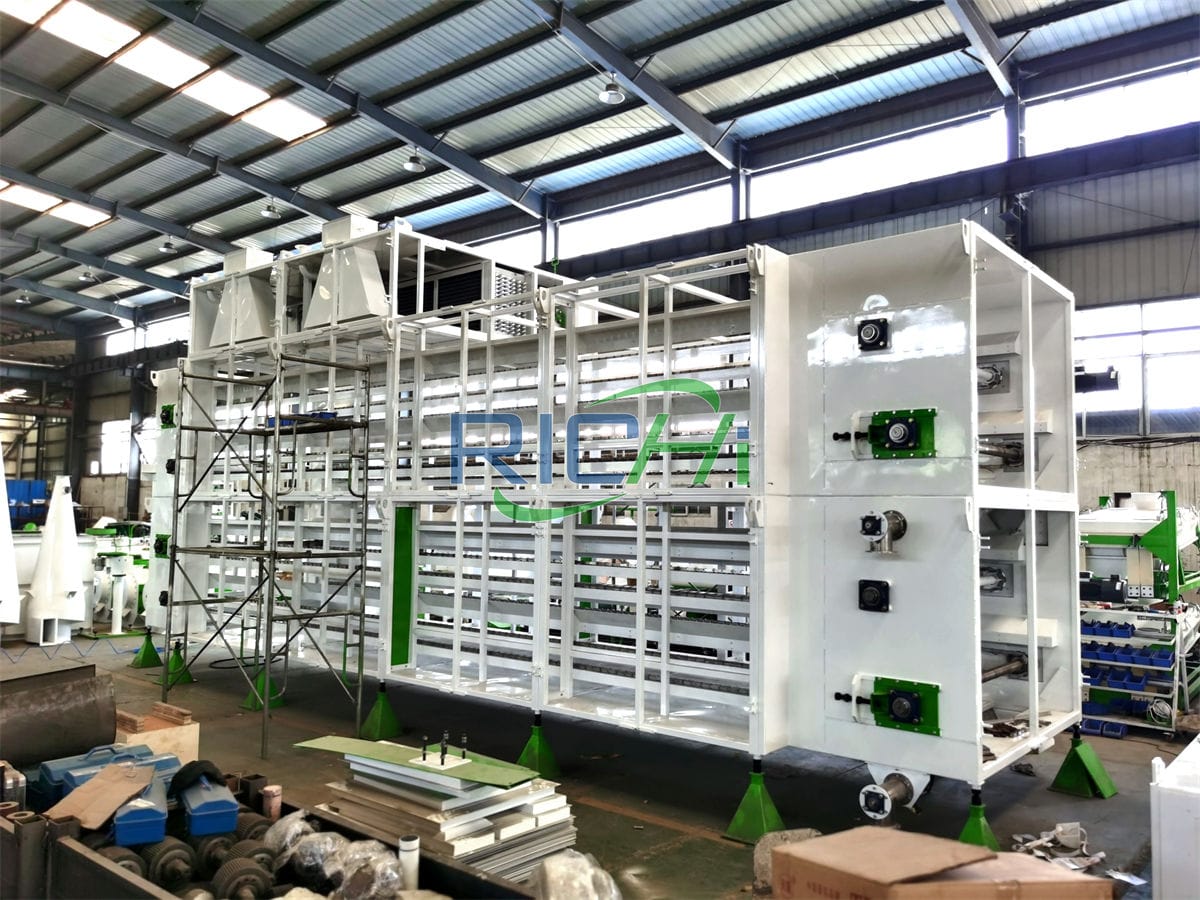The installation of a small feed making machine is a critical step that lays the groundwork for its effective and reliable operation. However, improper installation can lead to significant equipment damage, resulting in expensive repairs, operational downtime, and decreased productivity. This article discusses essential strategies to prevent equipment damage during the installation of a small feed making machine.
1. Proper Site Preparation
The first step in preventing equipment damage is ensuring that the installation site is adequately prepared. This includes:
- Leveling the Foundation: The foundation must be level and strong enough to support the weight of the machine and any associated equipment. An uneven or unstable foundation can lead to misalignment and excessive vibrations, causing premature wear and tear.
- Adequate Space: Ensure there is sufficient space around the machine for easy access during installation, operation, and maintenance. Cramped conditions can hinder movement and increase the risk of damage.
- Electrical Supply: Confirm that the electrical supply meets the machine’s requirements. Inadequate or improper electrical connections can lead to short circuits, equipment failures, and fire hazards.
2. Careful Handling of Components
Handling machine components with care during installation is vital to prevent damage. This includes:
- Proper Lifting: Use appropriate lifting equipment, such as cranes or forklifts, for heavy components. Improper lifting techniques can cause components to fall or misalign, leading to damage.
- Avoiding Impacts: Be cautious to avoid impacts or drops when handling components. Even minor impacts can cause internal damage that may not be immediately visible but could lead to future issues.
- Protecting Surfaces: Cover or wrap components to protect their surfaces from scratches, dents, or other damages during transport and installation.
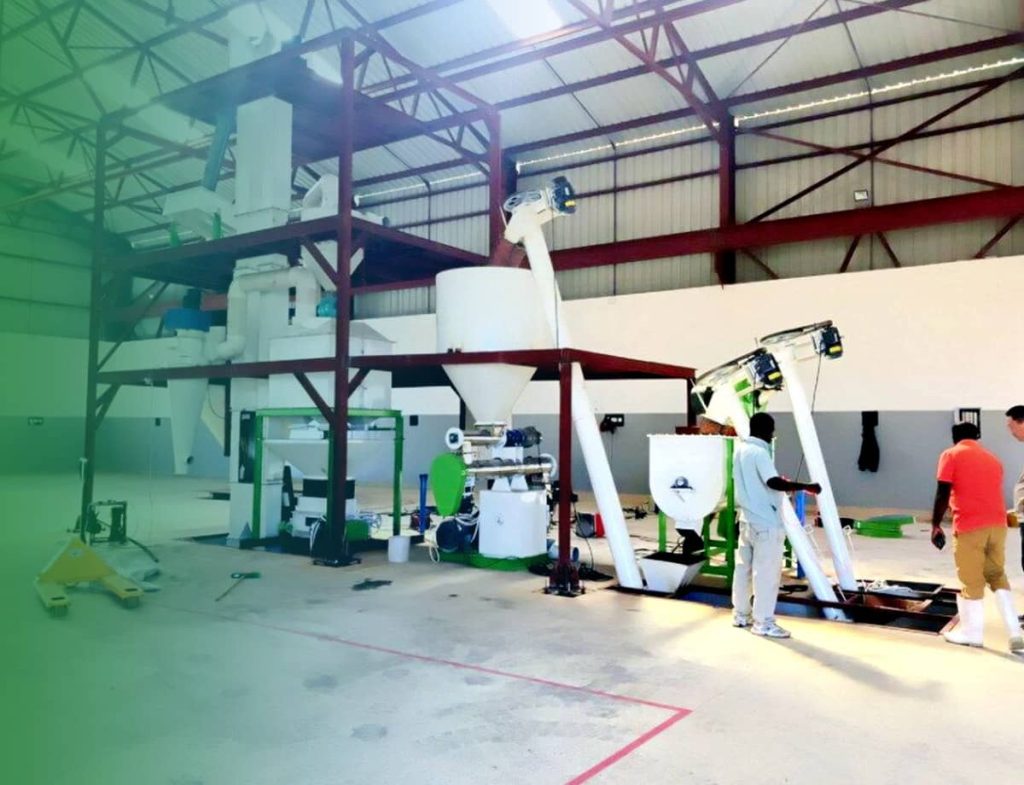
3. Precise Alignment and Assembly
Accurate alignment and assembly of the machine’s components are crucial for preventing damage and ensuring optimal performance. This includes:
- Shaft Alignment: Ensure that the shafts of the motor and other rotating components are properly aligned. Misalignment can lead to excessive vibrations, resulting in bearing failures and other mechanical problems.
- Proper Lubrication: Apply the correct type and amount of lubricant to all moving parts, following the manufacturer’s specifications. Inadequate or incorrect lubrication can cause excessive wear, leading to equipment failures.
- Secure Fasteners: Tighten all fasteners, such as bolts and nuts, to the recommended torque values. Loose fasteners can lead to misalignment or disassembly during operation, resulting in damage.
4. Comprehensive Testing and Commissioning
Before the animal feed milling machine is fully operational, it is essential to conduct thorough testing and commissioning to identify and resolve any potential issues. This includes:
- No-Load Testing: Run the machine without any load to check for proper operation, unusual noises, or vibrations. This allows for the identification and resolution of any issues before raw materials are introduced.
- Load Testing: Gradually increase the load on the machine to its maximum capacity, monitoring its performance and making necessary adjustments. This ensures that the machine can handle its intended workload without sustaining damage.
- Calibration: Calibrate the machine’s sensors, controls, and safety systems to ensure proper functionality. Improper calibration can lead to operational issues and potential damage.
5. Operator Training and Maintenance
Effective operator training and routine maintenance are crucial for preventing equipment damage and ensuring long-term reliability. This includes:
- Operator Training: Provide comprehensive training on the proper operation and maintenance of the machine. Well-trained operators are less likely to make mistakes that could lead to equipment damage.
- Preventive Maintenance: Develop and follow a preventive maintenance schedule as recommended by the manufacturer. This includes regular inspections, cleaning, and replacement of wear parts to minimize breakdowns and reduce the risk of damage.
- Spare Parts Management: Maintain an adequate inventory of spare parts to ensure quick and efficient repairs. Having necessary parts readily available can help minimize downtime and prevent further damage to the machine.
Conclusion
Preventing equipment damage during the installation of a small feed making machine requires a comprehensive approach that addresses site preparation, component handling, alignment and assembly, testing and commissioning, operator training, and maintenance. By adhering to best practices and following the manufacturer’s recommendations, feed producers can ensure their machines are correctly installed and operate efficiently, reducing the risk of costly repairs and downtime.
Investing in proper installation practices not only safeguards the machine but also contributes to the overall success and profitability of the feed production operation. As the demand for high-quality animal feed continues to rise, prioritizing equipment protection will be essential for maintaining a competitive edge in the market.
For details please contact: Richi Pellet Machine
WhatsApp:86 138 3838 9622
Email:enquiry@richipelletmachine.com

